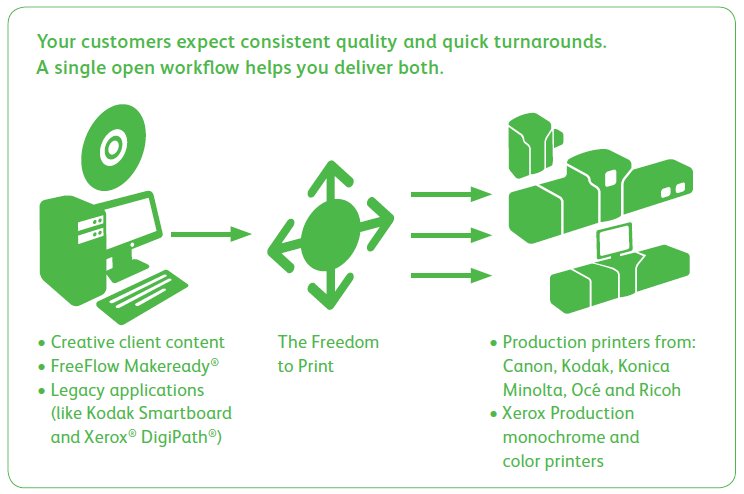Written by Howard Fenton
Senior Technology Consultant
NAPL
 As I write this, I am working on a Graph Expo presentation for the graphic arts’ teachers. To prepare for this, I went back and looked at some of the recommendations made for a school in the Midwest. Like other schools, their training focused mostly on traditional equipment and operations training, which, while still important, is not growing as much as other areas.
As I write this, I am working on a Graph Expo presentation for the graphic arts’ teachers. To prepare for this, I went back and looked at some of the recommendations made for a school in the Midwest. Like other schools, their training focused mostly on traditional equipment and operations training, which, while still important, is not growing as much as other areas.
Before discussing industry training, we should acknowledge that there are organizations designed to address training: 4 and 2 year colleges, vocational schools, high schools, and organizations such as the Graphic Arts Education and Research Foundation (GAERF) with programs such as PrintED/SkillsUSA.
But job opportunities and career awareness are declining as funding declines, which means that some programs are ending and others can’t afford to keep up with the changes in our businesses. The great irony, however, is that the need to find qualified staff has never been higher. Visit any shop and ask them and they will talk about how difficult it is to find sales staff that understand consultative sales, or marketing, or the digital skills they need today.
In my opinion, it’s critical to voice your needs to the training community to help them redefine the opportunity for more updated training. For example, most schools focus on operations training but there is even a greater need for management, financial, customer service, and sales skills. And another skill needed is operations training that focuses on productivity initiatives and the quality control tools contained in Lean, Theory of Constraint, and Six Sigma philosophies. And the investment needed is much less than operations training.
But while management, financial, customer service, and sales skills training does not require investments in hardware or software, other operations training does require investments. That training includes: electronic file prep, preflight and repairing files, color management , large-format inkjet, webpage design, JDF programming, MIS software, web-to-print tools and database management.
Any time a conversation begins to talk about issues in training, some will argue that part of the blame should be directed toward the Bureau of Labor Statistics (BLS) and their inability to keep up to date on changing job descriptions and changes in hiring needs. While it’s true that the BLS has not kept up to date with changing job descriptions, I don’t think we can blame the BLS for all the training issues. As an industry, we need to make our needs heard.
Regardless of where we point the blame, the issue is that not everyone sees the opportunity for a career in the graphic arts and, as a result, we are not attracting young people. Graphic arts and printing programs in high schools and vocational schools are disappearing. I’ve heard from universities that they used to be able to get students from local high school and vocational school training programs. But what used to be 15 schools that were feeding higher education schools is now only five or less.
What can we do about this? I think we are responsible to communicate the opportunity and training needs to the organizations that provide training. More importantly, we need to be specific about what we need. For example, not just an IT person but an IT administrator who can program and troubleshoot web pages, test and improve search engine optimization and identify the specific features for the web-to-print solution. Or, instead of simply saying they need a sales person, to talk about the need for a sales person who understands consultative sales, variable data printing, marketing, and database management tools.
If we don’t battle for more or better training, training will continue to decline! What are you doing to overcome the crisis in training?
—
Howard Fenton is a Consultant and Business Advisor at NAPL. Howie advises commercial printers and in-plants on benchmarking performance against industry leaders, increasing productivity through workflow management, adding and integrating new digital services, and adding value through customer research. He is a paid contributor to this blog.
1 Comments
Comments are closed.



Good ideas and a good first approach.
Financial controllers have little understanding of the issue.
The important first step is to train the trainer.
Color management and variable data printing are great technical challenges.
regards Joachim